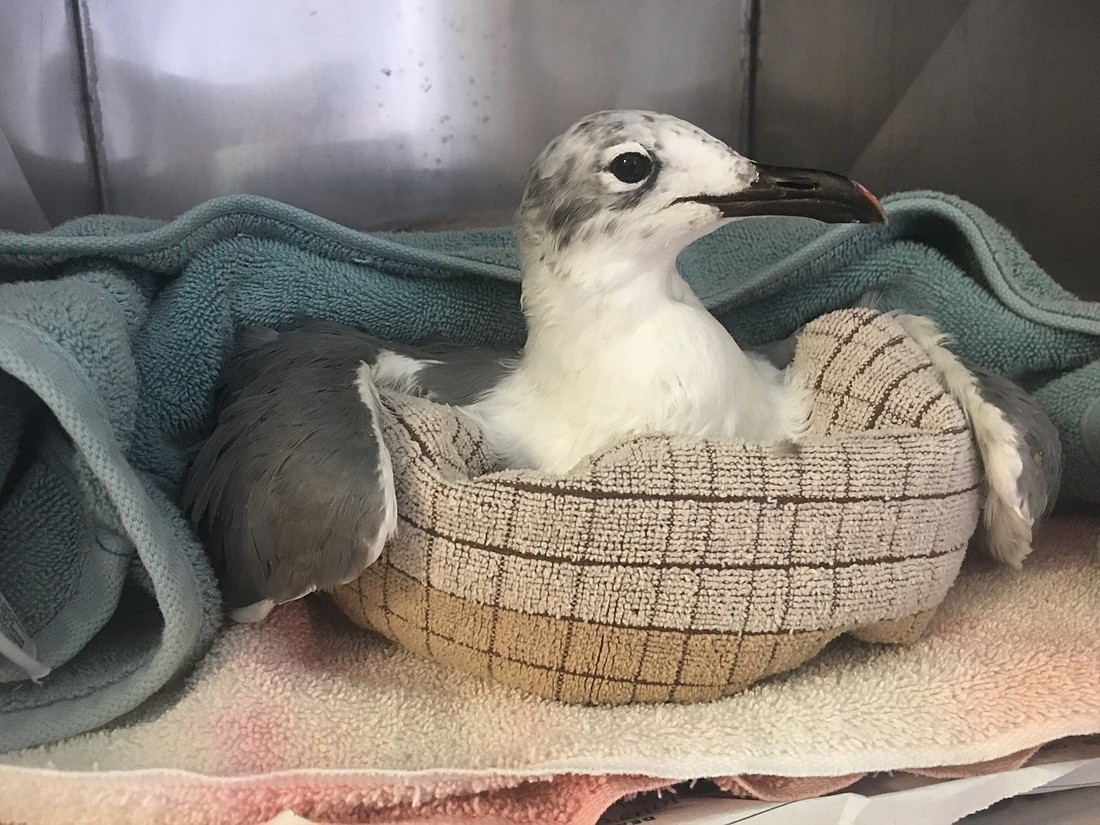- April 8, 2025
-
-
Loading

Loading

When effects of Karenia brevis, the toxic red tide algae, rolled into the Sarasota area earlier this month, dead fish followed soon after.
Eventually, other marine life started to feel the effect of the toxins.
Between Aug. 7-12, Mote Marine Laboratory recovered 11 dead bottlenose dolphins. As of Friday, Aug. 17, Mote has rescued 175 dead or ailing turtles in 2018 -- 100 a year is normal. On Friday alone, Mote recovered four dead turtles and one sick turtle.
Gretchen Lovewell, Mote’s Stranding Investigations Program manager, said primarily these turtles have come from Sarasota County and at this point, the Florida Fish and Wildlife Commission is attributing red tide to these rescues.
“Most of these animals are coming in with the entire gastrointestinal tracts full of fish and crab, mostly crab, but a few fish,” Lovewell said.
Because the turtles were eating the fish and crabs, red tide toxins entered their systems. The animals may have experienced respiratory effects but that isn’t what killed them, Lovewell said.
Lovewell said it’s important to note that there has not been a major increase in sea turtle hatchling strandings. Hatchlings can live off their yolk sac for several days because it gives them an internal food source allowing them to swim past the most affected waters without stopping to eat.
On shore, some birds are also experiencing effects of red tide, while others have migrated south just in time.
The colony of least terns on Longboat Key was done nesting just as the red tide began. Kylie Wilson, Sarasota program coordinator for Audubon Florida said that to her knowledge, the local least terns have begun making their journeys southward as they do every year for winter.
However, on Lido Key, a colony of black skimmers, one of the largest in the state, has suffered. Three skimmer fledges were found dead at the colony site. Wilson said the birds could be affected by red tide toxins if they ate the dead fish but more research is needed.
Save Our Seabirds Avian Hospital Administrator Dana Leworthy said the sanctuary hasn’t been getting a lot of calls, though a few laughing gulls are in the bird hospital.
However, Leworthy said it’s hard to know if the birds are being affected by red tide, or aviary botulism. Both toxins create the same symptoms in birds. Birds can also ingest red tide toxins if they eat fish that have been infected.
Leworthy said cormorants could potentially be affected because they dive into the water to find fish to eat.
Leworthy said if beachgoers come across a sick bird, to call Save Our Seabirds immediately at 941-388-3010.